
Dr. Shauneen Pete, a professor in the Faculty of Education at the University of Regina, has been posting lists of things she’s grateful for on Facebook. She’s inspired me to write a list of things I’m thankful for on this walk through the Haldimand Tract.
1. The weather. I’ve had sunny days and only a little rain, on the afternoon I walked into Conestogo. That wasn’t a problem: it rinsed some of the dirt off my hat. Walking in the rain isn’t so bad, anyway. You just put on your raincoat and keep walking.
2. The places I’ve stayed. None of my reservations got lost; I’ve had a bed to sleep in every night. And most of the places I’ve stayed in have been pretty decent–and even when they weren’t, it was only for one night, so what difference does it make? No bedbugs, either. That’s every traveller’s nightmare, but I haven’t run across any. In his book about walking the Ulster Way, Beyond Belfast, Will Ferguson recounts getting scabies at one bed and breakfast. That hasn’t happened to me, either.
3. Connecting with old friends. I met up with old friends in Paris and Kitchener. Other friends drove down from Toronto to see me in Cambridge and Brantford. I hadn’t seen some of them for nearlhy 20 years, but we picked up right where we left off. I’m very grateful for that, and for the trouble they took to see me.
4. Meeting people on the trail. It doesn’t happen often–I haven’t encountered many pedestrians on this walk–but when it does, it’s important. I knew this journey would be relatively lonely–I’ve walked in Ontario before, so I know what it’s like–and talking to the few people I meet on the trail has been very encouraging. Take the folks I met in the coffee shop yesterday at Six Nations. Their supportive words meant a lot.
5. Adversity. If it weren’t for skunks and pit bulls and getting lost and 37 kilometre days, I wouldn’t have had anything to write about in this blog. Those experiences might be frightening or frustrating or exhausting when they happen, but they’re the stories I’m going to tell when this walk is over.
6. The privilege to make this walk. I’m very aware that I’m only able to make this walk because I’m privileged enough to have money and time to do it. Lots of people all over the world are making much longer walks, from Afghanistan and Iraq and Syria to Europe. They carry their few belongings in plastic shopping bags, not a high-tech backpack. They wear flip-flops, not hiking boots. They’re hounded by the police. Their paths are blocked by tall fences and razor wire. They sleep outside, not in B&Bs and hotels. Those of us who live in relative peace and security shouldn’t forget that such lives are an accident of birth. Had I not been born in Canada, I might’ve become one of the millions of refugees trying to find a safe place.
7. Shade. There’s nothing like entering a shady forest on a hot day, or even pausing for a moment under a tree.
8. Rest breaks. Finding a good place to stop for five minutes, to take off my pack and sit down and maybe eat something, feels great. I’ve taken breaks in all kinds of places: in ditches, on stumps, on big rocks, on church steps, under trees, on park benches and picnic tables. A place to rest always appears when I need it.
9. My phone. I never thought I’d say it, but I’m grateful for my smartphone. It tells me how far I’ve walked when I start to wonder why I feel so tired. It keeps me in touch with friends and family. It takes photos when my camera dies. It could save my life in an emergency. I’m glad I have it and I wouldn’t want to make a walk like this without it.
10. The support I receive from people online. Every like, every share, every comment, every click-through to the Save the Evidence web site–it all means more than you could imagine. So does every gift you make, whether I hear about it or not.
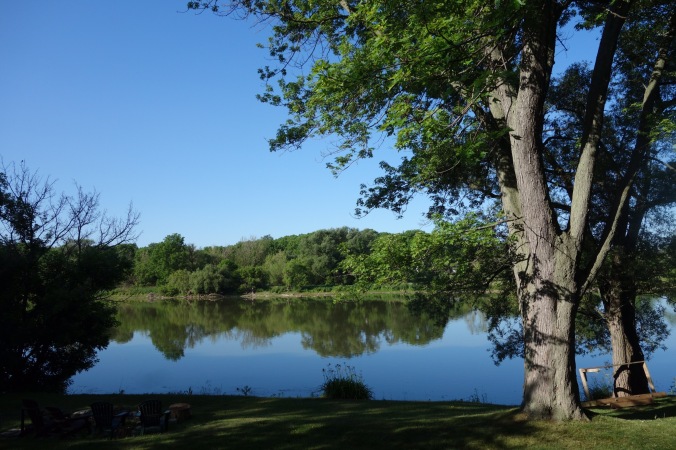
My walk is almost over, but you can still make a gift to Save the Evidence. You can donate online or you can send a cheque to the Woodland Cultural Centre at P.O. Box 1506, Brantford, Ontario N3T 5V6 (attention Save the Evidence). Your support of the Woodland Cultural Centre’s campaign to create a museum or interpretive centre in the former residential school in Brantford is tangible evidence of your commitment to reconciliation. It’s a way to acknowledge the wrongs of the past and to begin building a new relationship with Indigenous people in this country. Four of the Truth and Reconciliation Commission’s Calls to Action deal with education for reconciliation–for making sure that children (and adults) are able to learn about things like residential schools and treaties. Your support of the Save the Evidence is a way to show you understand the importance of those calls to action.



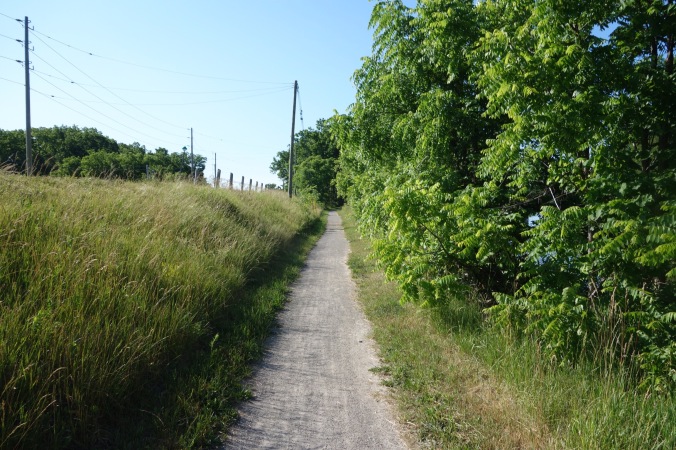
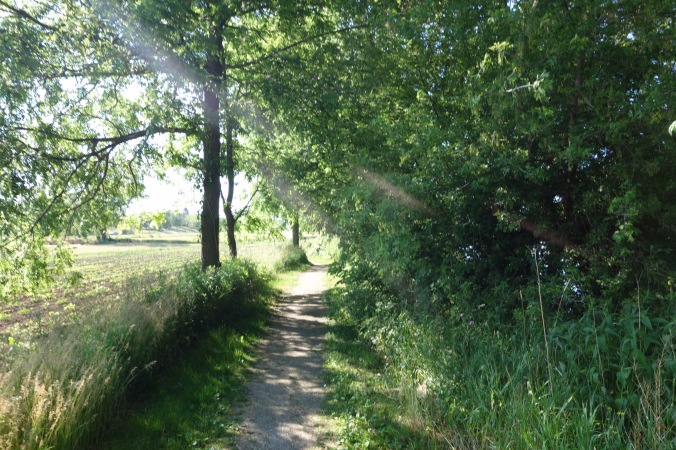
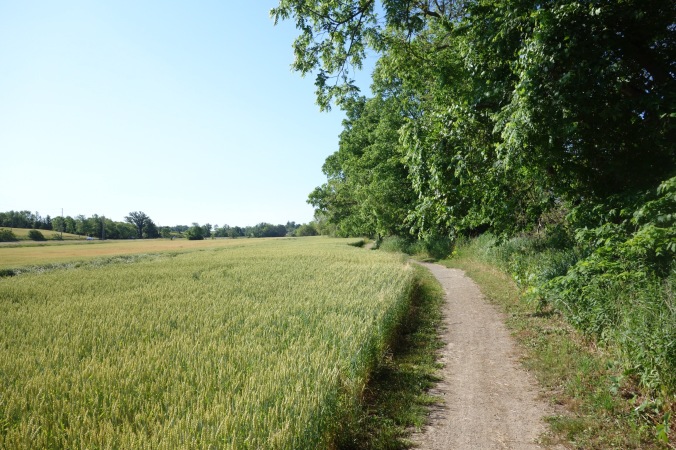


For much of this morning I walked on a footpath beside the Grand River. Sometimes I was in a forest; other times I walked along the edges of fields of hay, winter wheat, and peas. It was lovely.
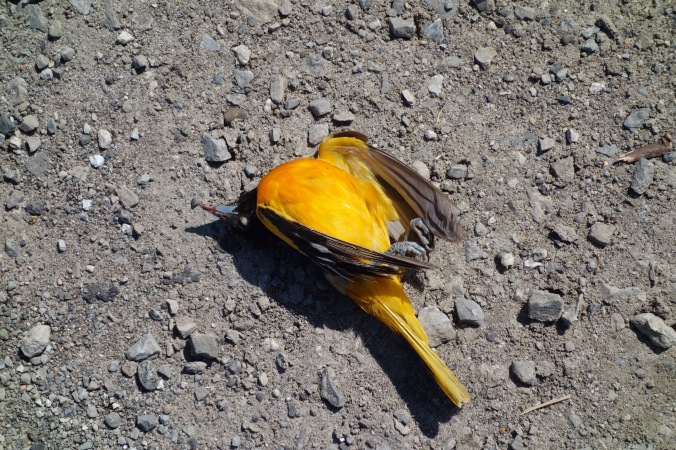

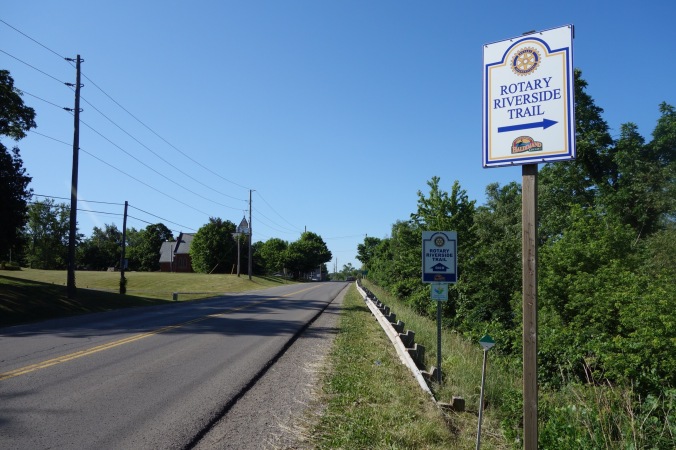
Then I was back on the shoulder of Highway 54. I stopped at Ruthven Park to take a look around and have a break. Ruthven Park is the site of a mansion built by David Thompson, a member of the Canada West parliament. It was built in the 1840s. The house faces the river rather than the road, because the river was more important as a means of transportation in those days. And Thompson was one of the backers of the Grand River Navigation Company, which built canals and locks on the lower Grand River. Some of the money from the Six Nations’ trust fund was invested, without their consent, in that company, and it was lost when the canal boom went bust in the 1850s. Thompson clearly had a lot of money: it’s an imposing edifice, no question. I’m told that if you tour the house, you learn the entire history of the Thompsons and the other families who lived in the house until the 1970s. Next time I pass by, I’ll take the tour.
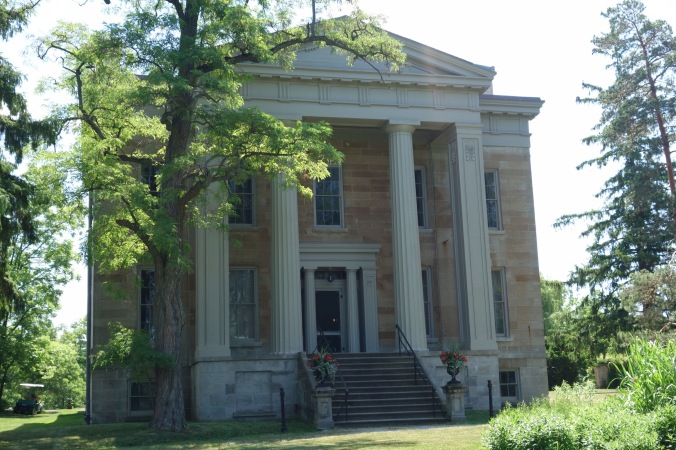

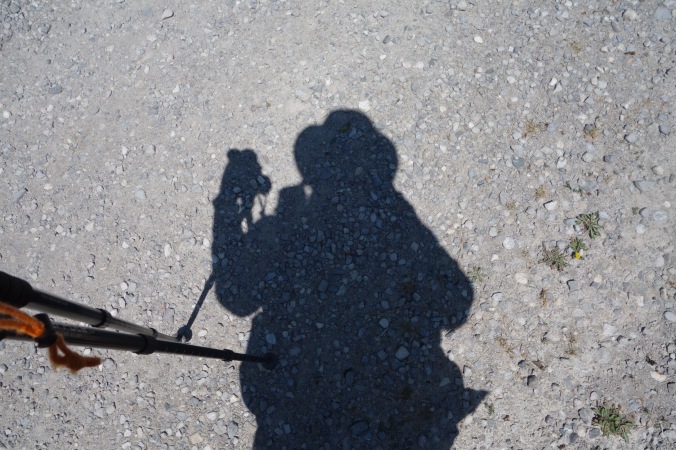
I could’ve paid for a tour of the interior of the building, but I was feeling a little self-conscious. You see, I’d had some trouble with my Camelback. Actually, it’s made by Osprey, but it’s the same idea: a bag of water that fits in my pack, and a hose I drink from. It’s easier than fumbling for bottles of water, and it holds enough to see me through a long walk (most of the time). Anyway, I hadn’t been able to fill it at the B&B this morning; the bathroom sink was too shallow and that was the only source of water. No problem, I thought, I’ll buy some water along the road. And, yes, when I got to the village of York (so there are, or were, two Yorks in Ontario?), the general store was open and I bought a litre and a half of water.
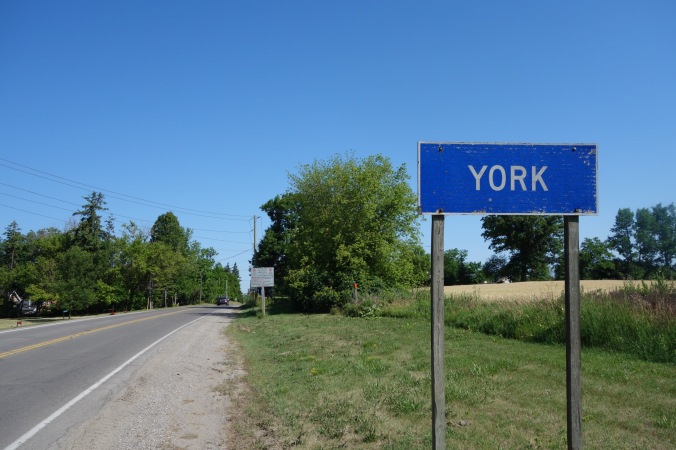

But after I filled the bag, I didn’t quite get the lid on right, and it leaked. It happens sometimes. Before I got it fixed, though, water ran down my back and my walking shorts got soaked. From behind, I must’ve looked as if I’d wet myself. The Incontinent Rambler: in his Depends and his Tilley hat he walked from one end of the Haldimand Tract to the other. Embarrassing.
I didn’t want to drip on any antique Persian carpets inside Ruthven Park, so I sat at a picnic table outside and ate an energy bar. Then I carried on walking up the shoulder of Highway 54. The Grand Valley Trail headed off on a detour into the woods, but I was close to Cayuga and was craving a club sandwich (something I haven’t eaten in years) and a Coke, so I stayed on the road. When I got to the village I stopped at the information booth and asked if there was a diner nearby. They young women there sent me to a pub and I ordered a club sandwich and a Pepsi. When I was finished, I felt a little deflated. The meal hadn’t lived up to my roadside imagination. I don’t suppose it could have.
I’m staying at the Carrousel Bed & Breakfast. I’m sitting on the back deck writing this, listening to water splashing in the koi pond and birds chirping at a nearby feeder. It’s very nice. Tomorrow I’ll head to Dunnville on quiet roads on the other side of the river. If you’re in the area and would like to join me, send me an e-mail at the link on the “About” page and we’ll arrange to meet up.

One last thing: I was thinking yesterday and today about the people who complained during the occupation at Kanonhstaton in Caledonia–you know, the ones who said that the occupation was evidence that there’s one law for Indigenous people in this country and one law for non-Indigenous people. You know, I’ve been thinking that they’ve got a point, but not the way they think they do. After all, when has the government taken land that belonged to settlers and sold it to someone else without permission or compensation? When has the government demanded that settlers get a pass signed by a local agent before they could leave their town or village or city? When has the government prevented settlers from hiring lawyers to represent them in court? When has the government incarcerated settlers’ children in so-called schools where they were physically and sexually abused? Okay, there are a few examples of that one–the Mount Cashel Orphanage, for example. The laws have penalized Indigenous people, put them at a disadvantage, not settlers. A little attention to Canada’s past, and present, makes that abundantly clear.

Excellent post Ken. You are almost in and your reflections are indicative of a fulfilling experience. I particularly like item #6 on your list. It’s important to remember that we choose to undertake these journeys voluntarily while others may have no choice. I’ll carry this thought will me as I walk this year. You are walking with purpose, and while part of your reasons may have started with your university program, clearly you have moved well beyond that into a much deeper place of understanding.
Nice trail pictures! Lots of road walking, but also some very pleasant trail experiences as well.
LikeLiked by 1 person
Yes, yes, yes!!
LikeLiked by 1 person